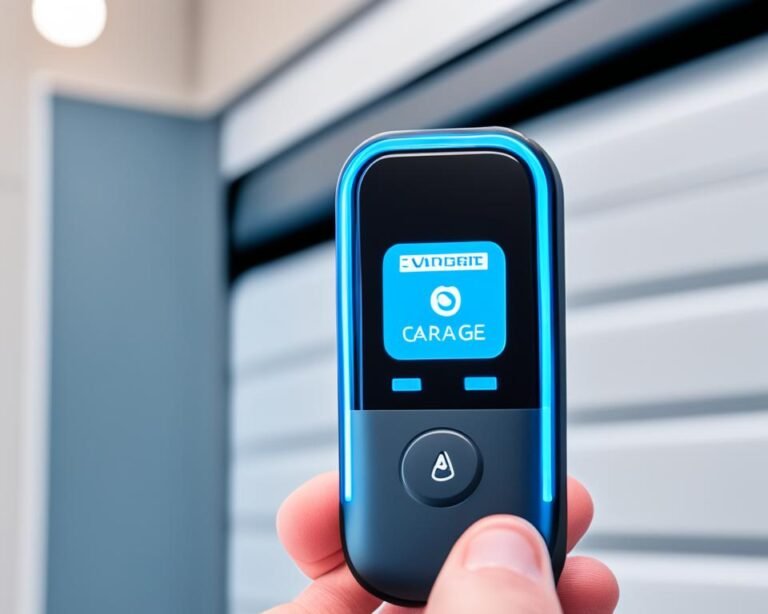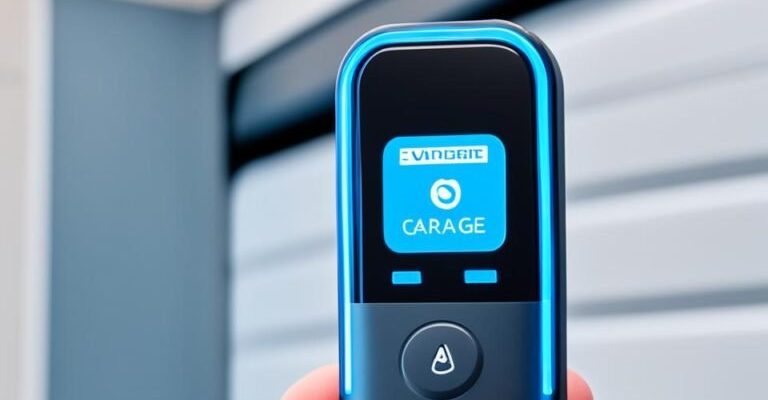
Let’s break it down. **Linear** garage door remotes are designed to work specifically with their own openers, but just like universal TV remotes, there are “universal” openers out there that claim to be compatible with lots of brands. But those claims? They come with fine print. I’ve sat on a garage floor more than once, remote in one hand, manual in the other, trying to figure out why nothing is clicking—literally and figuratively. If you’re in the same boat, you’re not alone.
How Linear Garage Door Remotes Communicate
Understanding the tech under the hood helps a lot. **Linear remotes** use radio frequency (RF) signals to trigger the garage door opener. These signals aren’t one-size-fits-all. Each brand, and sometimes each model, has its own *communication language*—kind of like different dialects. If your remote and opener aren’t speaking the same language, nothing’s going to happen.
Linear models generally use several frequencies, most commonly 300 MHz or 318 MHz, and they employ unique codes for each pairing. This code system is designed for security, so your neighbor’s remote won’t randomly open your garage. Here’s the thing: *universal* openers can usually pick up on common codes and frequencies, but not every model is covered. That’s where compatibility becomes a sticking point.
So, if you’re hoping your Linear remote will just “sync” with any device labeled *universal*, you need to know exactly what frequencies and codes your specific remote uses. If you don’t? You might be pressing those buttons until the battery gives out.
What Makes a Garage Door Opener ‘Universal’?
The word “universal” gets tossed around a lot, but it doesn’t always mean what you think. A **universal garage door opener** is built to work with a wide range of brands by supporting several frequency bands and code types. It’s like a Swiss army knife for your garage—handy, but not always perfect for every job.
Most universal openers can pair with major brands—LiftMaster, Chamberlain, Genie, and, in some cases, Linear. But these devices rely on built-in programming instructions and a database of pre-set codes. If your Linear remote and the universal opener share a common code and frequency? You’re in luck. If not, you’re stuck. Sometimes, certain newer Linear models use rolling codes or proprietary encryption, making them much harder to pair.
The bottom line: “universal” doesn’t mean *truly* universal. Always double-check the compatibility chart included with the opener—or search for your Linear remote model number online before you try to pair them.
Pairing a Linear Remote With a Universal Opener: Step-by-Step
Let me walk you through how it usually goes. Pairing these devices is a bit of a dance. Here’s a general process, but remember that details can change depending on models.
- Check Compatibility: Find both the model number of your Linear remote and the universal opener. Look up the opener’s supported brands and frequencies.
- Reset the Universal Opener: If it’s been programmed before, clear its memory (usually by holding a “learn” button for 10 seconds).
- Start Pairing Mode: Put the universal opener into “learn” or “pair” mode. This often involves pressing a button until an LED blinks.
- Code Sync: Press the main button on your Linear remote a few times until the opener’s light flashes or beeps—this means it received the code.
- Test the Connection: Try opening and closing the garage door using the Linear remote.
If everything works, you’re set. If not? Don’t panic. Sometimes the issue is as simple as a dying battery or being just out of range. Honestly, I’ve spent a good twenty minutes on the cold driveway before realizing my remote needed a new battery.
Common Problems When Syncing Linear Remotes With Universal Openers
You might be wondering, “Why isn’t my remote syncing?” Honestly, you’re not the first person to ask that. There are several reasons why things can stall out:
- Unsupported Model: Some universal openers don’t actually support specific Linear models, especially if they use rolling code technology.
- Frequency Mismatch: If your Linear remote uses a frequency not supported by the universal opener (like 318 MHz instead of 300 MHz), pairing simply won’t work.
- Battery Problems: Sounds obvious, but dead batteries in either the remote or the opener’s backup can ruin your whole afternoon.
- Faulty Wiring or Antenna: If the universal opener’s antenna wire is damaged or misaligned, it won’t pick up any remote signal, Linear or otherwise.
If it feels like you’re missing something obvious, check the batteries first. Nine times out of ten, that’s the culprit.
Different Types of Linear Remotes: Are They All Compatible?
Not every Linear remote is created equal. The brand makes a range of remotes: single-button, multi-button, visor style, key fob, and even newer smart versions. The code system varies between models, too.
For example, classic **Linear MegaCode** remotes use a unique digital code every time you press the button, making them far more secure—but that also makes it harder for some universal openers to sync up. Older Linears, especially those with dip switches, are much easier to match because their code is fixed and simple.
If your Linear remote is from a recent year, especially with rolling code security, you might be out of luck with many universal openers. Always look up your specific model and check what type of code it uses. Otherwise, you’ll end up wasting time and getting frustrated when, really, it’s a compatibility issue.
Universal Opener vs. Brand-Specific Remote: Which Should You Choose?
Here’s the thing: universal garage door openers are great—when they work. If you love tinkering and have a few different garage brands at home, they save you from carrying around three separate remotes on your keychain. But in my experience, *brand-specific remotes*, like those from Linear, are often more reliable for day-to-day use.
Universal openers sometimes struggle with newer security features, unique code formats, or less-common frequencies. The trade-off for all-in-one convenience can be occasional headaches during syncing, or even the dreaded “it just won’t work” scenario. Why does it matter? If you need absolute reliability—say, you’re parking outside every night—you might want to stick with Linear’s own remote. But if you’re looking for flexibility, or you have a mix of openers at your house, give the universal a try (just check compatibility first).
Troubleshooting: What To Do When Linear Remote Won’t Pair
Stuck? Here’s a quick rundown of what might help if you can’t get your Linear remote and universal opener talking:
- Double-Check Compatibility: Go back to the manual (or search online) to see if your exact models work together.
- Replace the Battery: Seriously, even if it’s new, try a fresh battery. Weak signals cause most pairing failures.
- Reset Both Devices: Sometimes starting over is all it takes. Clear the memory on the universal opener and try again.
- Use Direct Line of Sight: Stand close, with no obstructions between the remote and opener. RF signals are surprisingly delicate.
- Check for Interference: If you’re near other wireless devices (WiFi routers, cordless phones), turn them off during pairing.
If all else fails, you might simply need a different remote or a new universal opener that specifically mentions Linear compatibility.
When Should You Replace Instead of Pair?
You might reach a point where even the best troubleshooting doesn’t help. If your Linear remote is several years old or shows signs of damage (faded buttons, cracked plastic, corroded battery contacts), replacing it can be smarter than endlessly trying to pair. Technology changes fast, and newer remotes often include better range, security, and features.
Likewise, if your universal opener is a budget model or doesn’t mention support for rolling codes or Linear MegaCode, an upgrade can make life easier. Sometimes, spending a bit more upfront saves hours of hassle—and gets you inside faster when you’re fumbling with groceries in the rain.
Final Thoughts on Linear Garage Remotes and Universal Openers
Pairing a Linear garage remote with a universal opener isn’t impossible, but it’s not as simple as snapping your fingers. Compatibility depends on details like frequency, code type, and the age of your devices. Take the time to check model numbers, swap out old batteries, and follow pairing steps patiently. If you hit a wall, don’t be afraid to try a new remote—sometimes, the path of least resistance really is the best choice. At the end of the day, getting your garage door to open smoothly is what matters most. And honestly, isn’t that the real goal?
